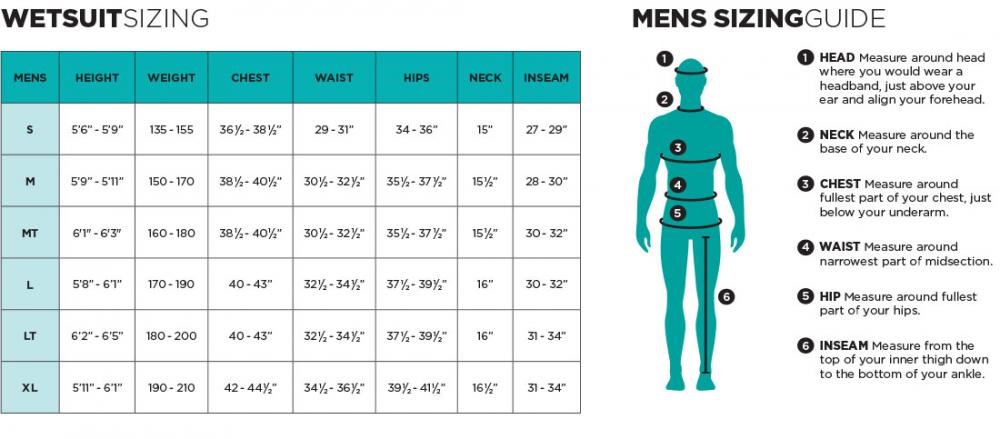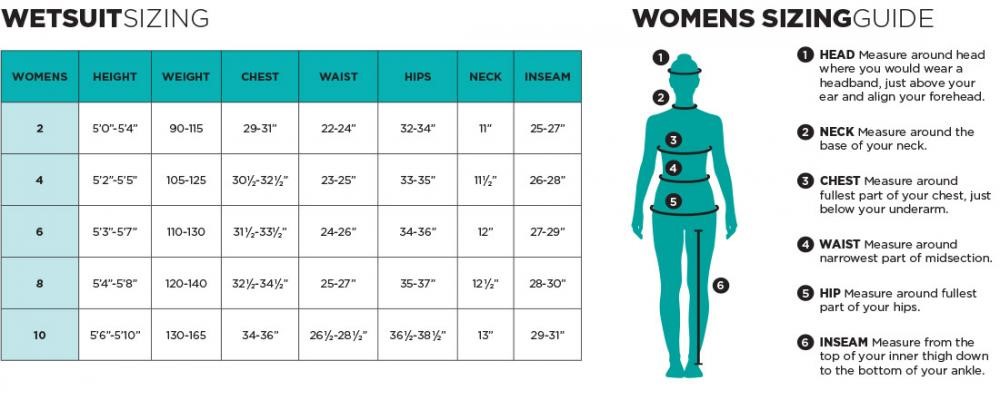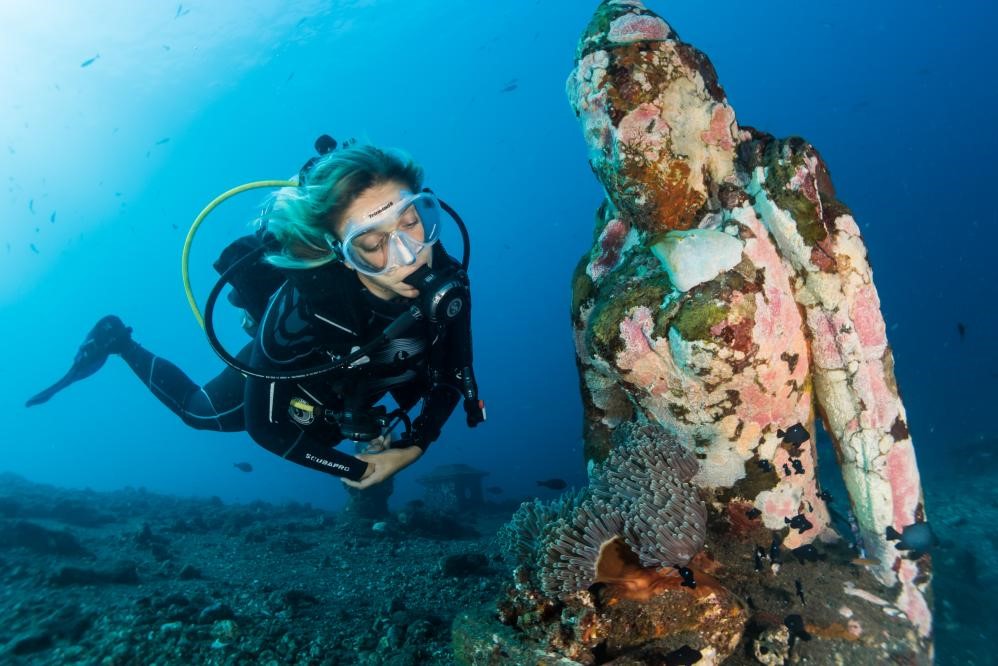Wetsuits are one of the essential equipment for divers. It keeps you warm and protects your body underwater. Wetsuits come in different materials, styles and thicknesses, so there are a variety of factors to consider when choosing a wetsuit.
wetsuit thickness guide,size, shape and material guide
Material
The main material of a wetsuit is neoprene rubber, a closed-cell foam that holds millions of tiny air cells inside its structure. Unlike open-cell foam (like a sponge), water cannot penetrate neoprene, but the number of air cells makes the material highly buoyant. When you put on the wetsuit, your body temperature of 98.6 degrees heats the air bubbles in the neoprene, which creates insulation. Plus the form-fitting fit minimizes the entry of water into the garment, which prevents the loss of body-radiated heat.
shape
There are three main styles of wetsuits: full-body wetsuits, half-length wetsuits, and short-sleeve wetsuits.
A Fullsuit Wetsuit is a full-body diving suit that provides maximum protection and warmth. It is usually made of rubber material with a thickness of 3-5 mm, which can provide insulation in cold water.
A half-length wetsuit (Spring Wetsuit) is a relatively light and thin diving suit, usually made of 2-3mm rubber material. They are suitable for use when the water temperature is warmer and provide some warmth.
A Shorty Wetsuit is a very light and thin diving suit, suitable for use in warmer waters. It is usually only 1-2mm thick and protects the body from the waist up. Its short sleeves allow for greater freedom of movement.
In addition to these styles, there are some improvements based on this basis, such as wetsuits with hoods, or wetsuits with vest + trousers.

thickness
The thickness of a wetsuit has a big impact on how well it retains heat at different water temperatures. Here are a few common diving wetsuit thicknesses and their applicable water temperature ranges:
1 mm wetsuit: suitable for water temperatures of 27°C or higher.
2mm diving wetsuit: suitable for water temperature 21°C-25°C.
3mm diving wetsuit: suitable for water temperature 16°C-20°C.
5mm diving wetsuit: suitable for water temperature 11°C-16°C.
7mm wetsuit: suitable for water temperatures of 11°C or lower.

size
The right size is very important when purchasing a wetsuit. A wetsuit that is too tight or too loose can affect diving comfort and insulation. In general, wetsuits should fit snugly against the skin but not too tight to allow for plenty of room when exercising underwater. You can properly stretch the limbs and torso, and check whether the wetsuit allows you to perform safe diving sports.


maintainance
The maintenance of wetsuits is also very important. It is recommended to use special diving wetsuit detergent and clean water, hand wash the diving wetsuit, and avoid excessive rubbing to maintain its quality and lifespan. Washing wetsuits in a washing machine is not recommended. Before drying, please hang the wetsuit in a cool and ventilated place to dry naturally, so as not to damage the quality and shape of the wetsuit.

In general, choosing a diving wetsuit that suits you needs to consider many factors, including water temperature, style, thickness and size, and so on. Investing in the right wetsuit will keep you comfortable and warm underwater, making your diving experience more enjoyable
Contact us if you have more questions,





